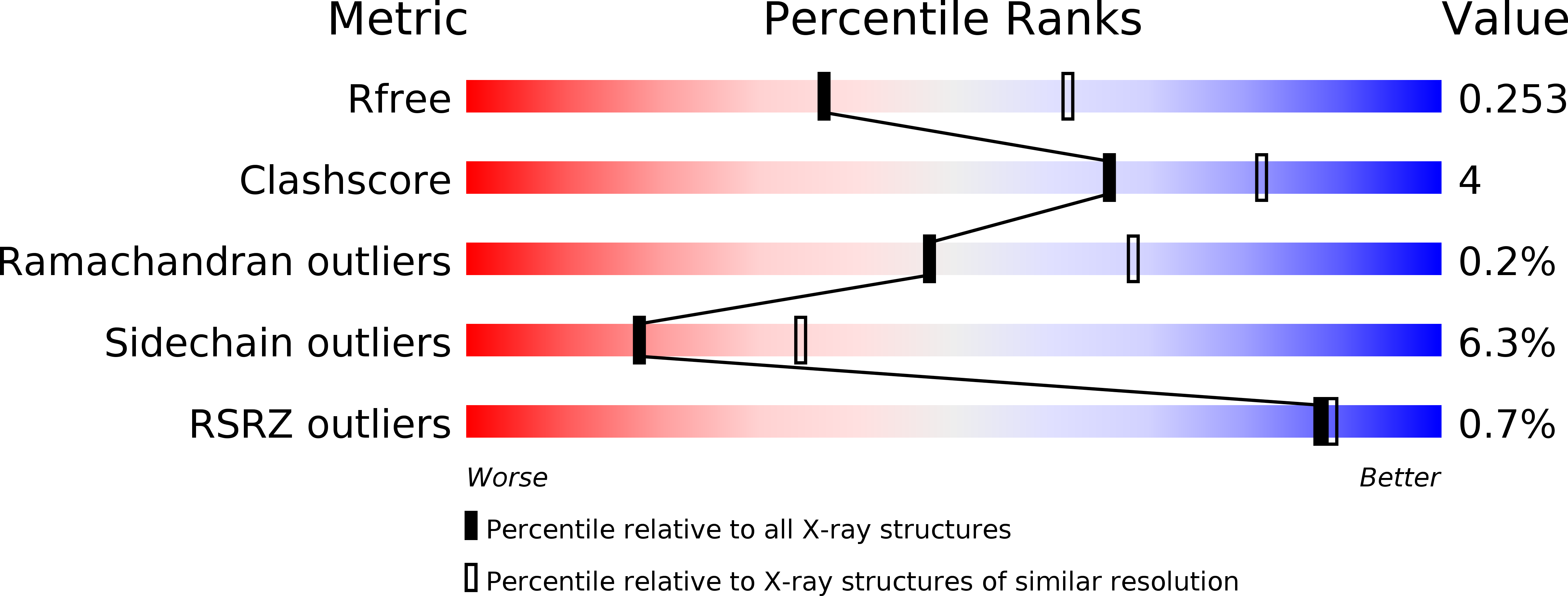
Deposition Date
2012-02-08
Release Date
2012-07-18
Last Version Date
2023-09-13
Entry Detail
PDB ID:
4DMW
Keywords:
Title:
Crystal structure of the GT domain of Clostridium difficile toxin A (TcdA) in complex with UDP and Manganese
Biological Source:
Source Organism:
Clostridium difficile (Taxon ID: 1496)
Host Organism:
Method Details:
Experimental Method:
Resolution:
2.50 Å
R-Value Free:
0.25
R-Value Work:
0.20
R-Value Observed:
0.20
Space Group:
P 21 21 2


